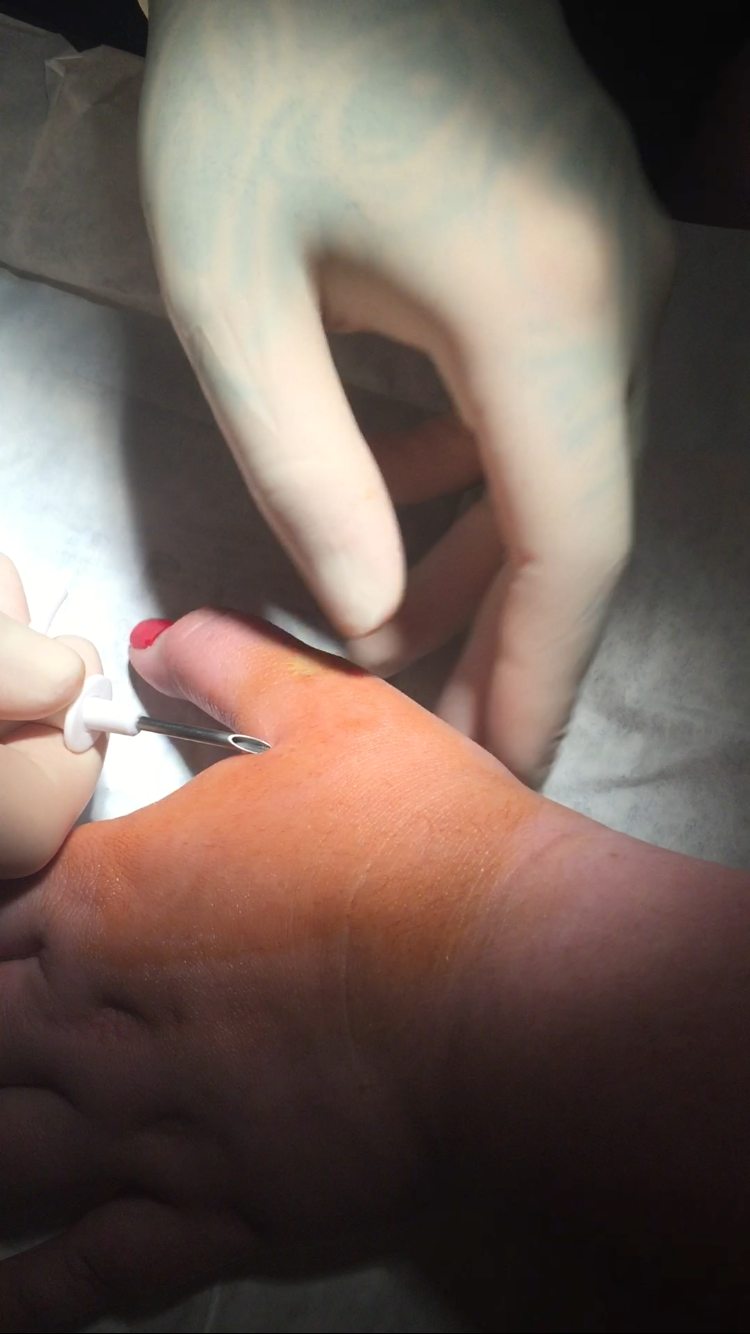There are predictable questions I get asked over and over again when someone finds out what I research, and that I have 2 microchips inside my body. These same questions pop up on social media every time I appear on TV or in the news.
Some people refused to believe the reality of how these chips work, and there’s no point trying to change these minds; the “the Government is secretley tracking you with a microchip you received at birth, it’s all about the New World Order and they’ll switch you off if you don’t comply” crowd.
This post is not for them. This post answers the FAQs for people genuinely interested in learning about the technology and educating themselves on the reality.














